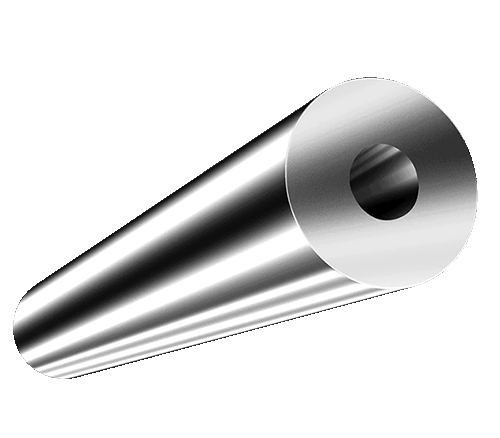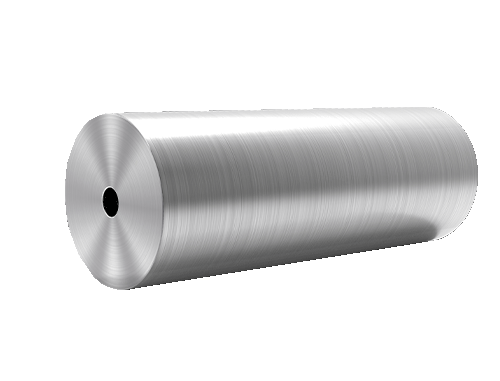Shandong Qilu lndustrial Co.,Ltd.
Understanding the Strengths of Hollow Tube Structures in Engineering
Introduction

Hollow tube structures have revolutionized engineering by offering a balance of strength and efficiency. Their unique design, characterized by empty interiors surrounded by sturdy cylindrical walls, makes them indispensable in industries where weight reduction and structural integrity are paramount. This blog delves into the key strengths of hollow tube structures, examining their applications, advantages, and performance characteristics.
What are Hollow Tube Structures?
Hollow tube structures are architectural and engineering elements characterized by their tubular, cylindrical shapes with empty interiors. These structures derive their strength from the distribution of material around the perimeter, maximizing the area moment of inertia while minimizing weight. This design principle allows hollow pipes to achieve impressive strength-to-weight ratios, making them ideal for applications ranging from simple beams in construction to complex components in aerospace engineering.
Structural Strength of Hollow Tubes
The strength of hollow tubes is influenced by various factors, including the diameter of the tube, the thickness of the walls, and the material used. For instance, thicker walls increase the tube’s resistance to bending and torsion, while the material’s tensile strength determines its overall load-bearing capacity. Engineers leverage these factors to optimize the design of hollow pipes for specific applications, ensuring they meet stringent performance requirements while minimizing material usage.
Applications of Hollow Tube Structures
Hollow tube structures find widespread use across diverse industries due to their versatility and performance advantages. In construction, they are employed in the fabrication of trusses, columns, and beams, where their lightweight nature reduces construction costs and facilitates easier installation. In aerospace and automotive sectors, hollow pipes form the backbone of fuselage structures and chassis, contributing to fuel efficiency through weight reduction without compromising safety or durability.
Advantages of Hollow Tube Structures
- Weight Efficiency: Hollow pipes offer significant weight savings compared to solid structures of equivalent strength. This characteristic is particularly advantageous in industries where reducing weight translates directly to improved performance and efficiency.
- Flexibility in Design: The cylindrical shape of hollow pipes allows for versatile design options, enabling engineers to tailor structures to meet specific aesthetic and functional requirements. This flexibility extends to both architectural applications and precision engineering, where complex geometries are essential for optimal performance.
- Material Efficiency: By minimizing material usage without sacrificing strength, hollow pipes contribute to sustainability in manufacturing and construction. This efficiency not only reduces raw material costs but also lowers energy consumption during fabrication processes, aligning with global efforts towards environmental conservation.
Case Studies
To illustrate the practical benefits of hollow tube structures, consider the following examples across different industries:
Aerospace Components
Hollow pipes made from advanced composites such as carbon fiber offer exceptional strength-to-weight ratios, crucial for reducing overall aircraft weight while maintaining structural integrity. These materials undergo rigorous testing and certification processes to ensure compliance with stringent aerospace standards for safety and performance.
Bicycle Frames
Aluminum alloy hollow pipes are widely used in bicycle frame construction due to their lightweight properties and inherent durability. These tubes undergo precision welding or bonding processes to achieve seamless integration, enhancing both the aesthetics and functionality of the final product. The use of hollow tubes in bicycle frames exemplifies how lightweight materials can enhance athletic performance and user experience.
Analyzing Performance with Case Studies

| Application | Material | Strengths | Challenges |
|---|---|---|---|
| Aerospace | Carbon Fiber | High strength-to-weight ratio | Complex manufacturing |
| Construction | Steel, Aluminum | Lightweight, corrosion-resistant | Design complexity |
| Automotive | Titanium Alloy | High strength, corrosion resistance | Cost of materials |
Conclusion
In conclusion, hollow tube structures represent a cornerstone of modern engineering, offering unparalleled strength-to-weight ratios and versatile design possibilities. Their application spans across industries, contributing to advancements in technology and sustainability efforts. Understanding their strengths is crucial for engineers and designers aiming to optimize performance and efficiency in their projects.
FAQ
Q:What materials are commonly used in hollow pipe structures?
A:Hollow pipes can be made from metals such as aluminum, steel, and titanium, as well as composite materials like carbon fiber.
Q:How do hollow tubes compare to solid structures in terms of strength?
A:Hollow tubes can achieve similar or higher strength levels compared to solid structures of the same weight, making them ideal for weight-sensitive applications.
Q:What are the main advantages of using hollow tube structures in construction?
A:Hollow tubes offer reduced weight, increased design flexibility, and improved material efficiency, which are critical in construction projects.
Q:What factors should be considered when designing with hollow tubes?
A:Designers should consider factors such as tube geometry, material selection, and load requirements to optimize performance and structural integrity.
